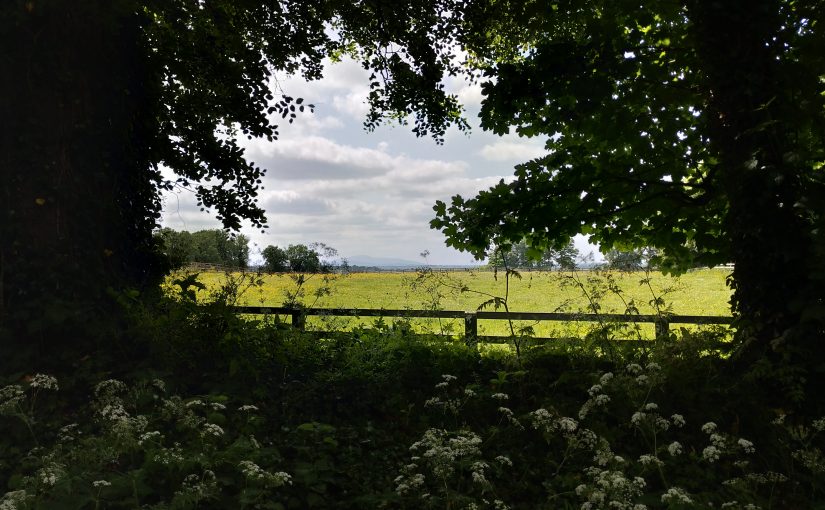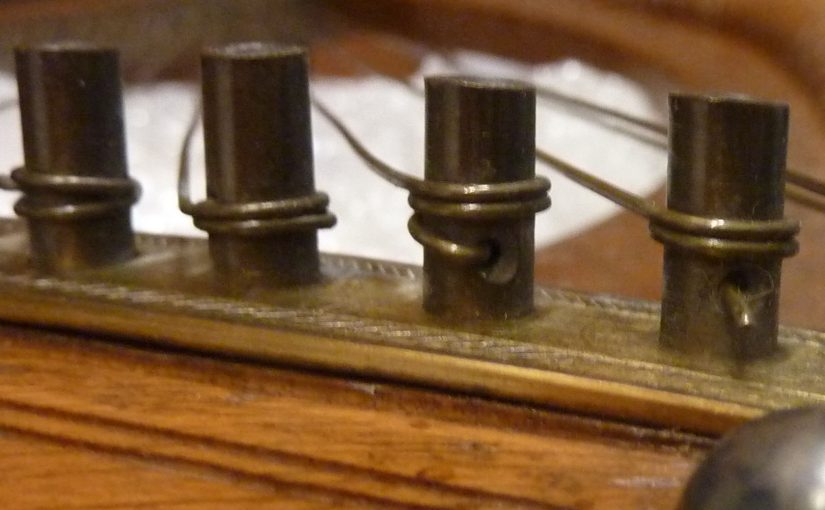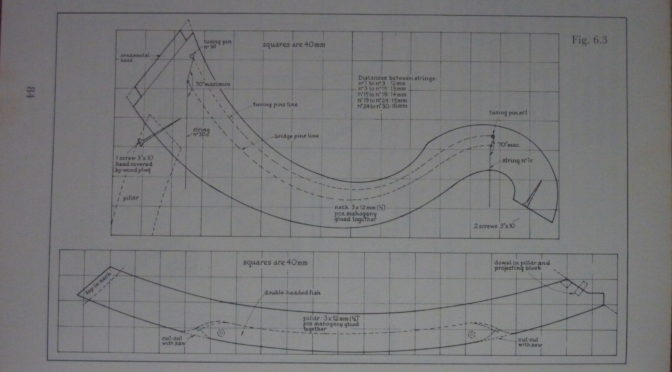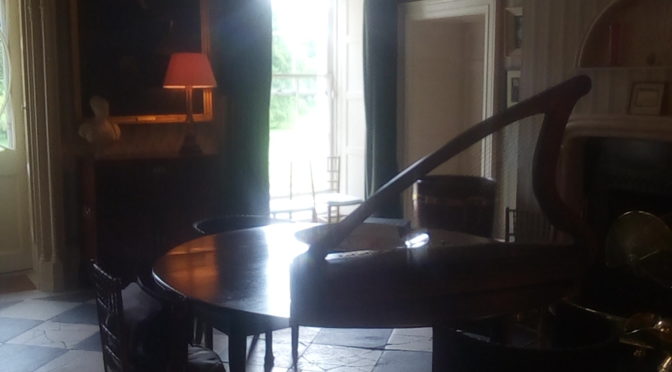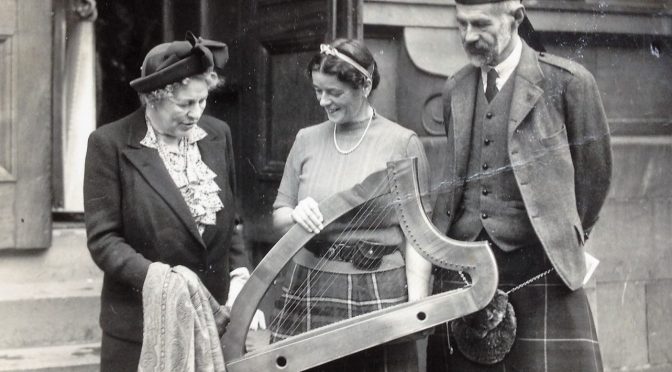“There is a blind girl in the South of Ireland who plays on the old wire-stringed Irish harp” says a newspaper from one hundred and twenty-six years ago, without giving us any more information at all. This post is for her, so that we can try to work out who she might have been, or to try and sketch the wider context that might give us a clue as to where she might have come from and what she might have been doing.
Continue reading a blind girl in the South of IrelandTag: revival
Paul Smith
Paul Smith was a traditional Irish harper in the late 19th and early 20th century. I think he was the very last professional Irish harper in the inherited tradition. He died in poverty, ignored and marginalised. This post is to begin gathering information about him.
Continue reading Paul Smith“…George Jackson when he was stringing my Harp…”
In the early 1900s, the Belfast carpenter William Savage and his younger brother Robert made a very decorative copy of the medieval Brian Boru (Trinity College) harp. When the harp was finished, brass wire strings were fitted by George Jackson.
George Jackson had learned harp from Patrick Murney, in a lineage going back to the 18th century Irish harpers. I recently started to wonder if some of Jackson’s strings might still be on the harp.
Continue reading “…George Jackson when he was stringing my Harp…”Early Irish harp and modern Irish harp traditions
When I was preparing my talk for Galway Early Music Festival, I came up with a new handout which I gave to the participants and which we discussed in the talk and workshop session.
Continue reading Early Irish harp and modern Irish harp traditions
Madame Scotia, Madam Scrap
I went to Glasgow to hear Helene Witcher talking about her book at the Aye Write literary festival. The book is a biography of Helene’s aunt, the Scottish harpist Heloise Russell-Fergusson.
Harpe bardique
I have been discussing stringing possibilities of a harp made by a French harp maker, supposedly as a copy of one of the old Gaelic harps. Analysing its string lengths I noted that its scaling was suspiciously slow.
(Scaling is the technical word used to describe the ratio of string lengths across the range of a harp or other stringed instrument; a slow scaling means the strings increase in length more gradually as you move from treble to bass.)
Then I remembered that I had come across this slow, even scaling before, on harps modelled after the “Bardic harp” of Gildas Jaffrennou.
Restoration ecology and breeding in captivity
I had an idea that the Historically Informed Performance (HIP) and Early Music movement is kind of like breeding endangered species in captivity, or even using genetic engineering to recreate extinct species of animals. In this sense, listening to a historically informed performance using scholarly reconstruction of historical repertory, style and playing techniques on replica instruments, is a bit like going to a zoo, to see the exotic animals on display.
Continue reading Restoration ecology and breeding in captivity
Edith Taylor of Rahoy
I first became aware of Edith Taylor many years ago, from reading Frances Collinson’s book The traditional and national music of Scotland. After describing briefly the wire-strung clarsachs made by Arnold Dolmetsch, he writes:
Miss Edith Taylor, the first Honorary Secretary of Comunn na Clàrsaich, has one of these on which she once played for the writer at a B.B.C. ‘Country Magazine’ programme from Lochaline, Morvern.
Lecture at the University of St Andrews
On Thursday morning I have to give a lecture on the harp traditions in Scotland, as part of the MU2002 Scottish Music undergraduate course.
It is pretty difficult to summarise all aspects of the harp in Scottish music in just 50 minutes!
